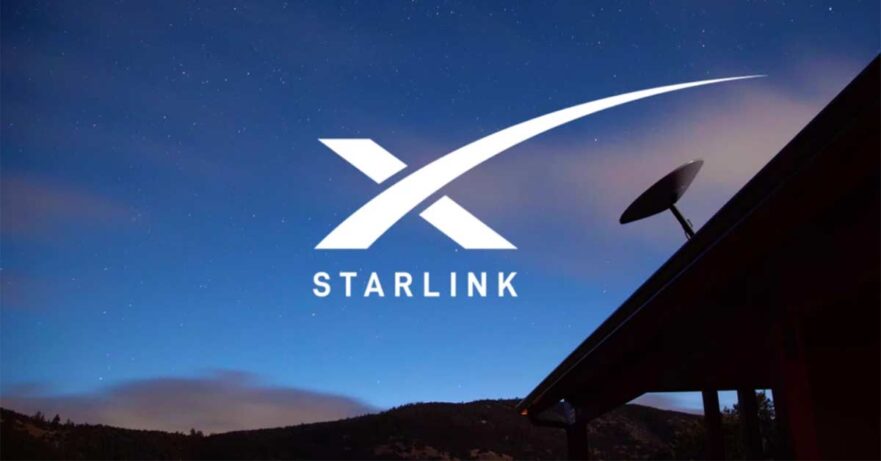It looks like the Philippines will be one of the first — if not the first — in line to link up with Elon Musk’s satellite-based internet in this part of the globe.
(Update, February 22, 2023: Starlink is now available in the Philippines!)
According to DTI Secretary Ramon Lopez (no relation to this author), the Philippines will be the first country in Southeast Asia to have access to Starlink, a satellite-internet service provider developed by Musk’s SpaceX company.
“Preparations are underway for their registration,” the DTI said in a statement. The trade office added that the company’s application is currently being processed and the potential locations of its gateways are being examined.
Starlink previously made domestic headlines after meetings between SpaceX representatives and private-enterprise and state officials were made public last year. Recently, presidential candidates Manny Pacquiao and Isko Moreno met with senior executives of SpaceX to discuss the firm’s entry in the Philippines.
That the Musk-owned internet-service provider is getting plenty of local buzz lately is no surprise. Last week, President Rodrigo Duterte signed a new law that relaxes restrictions on foreigners to completely own business in the country, even without ties to a Filipino company. The law classifies the telecommunications industry under the public-service sector, which now allows complete foreign ownership of businesses.
There have been multiple reports that mentioned Elon Musk’s Starlink high-speed satellite internet as a potential service provider in the Philippines, with a rollout planned for sometime this year or in 2023, based on recent information.
Prior to the signing of the law allowing the full foreign ownership of telecom companies in the Philippines, Transpacific Broadband Group International, Inc., Converge ICT Solutions, Inc., and DFNN have all shown interest in offering Starlink’s high-speed, low-latency space internet on the market, potentially as part of their local offerings.
For those unfamiliar, Starlink uses a universal network of satellites floating in Earth’s low orbit to beam down high-speed internet signals to small, consumer-grade satellite dishes owned by its subscribers. It is mostly available in the United States and Canada, but a few other countries — such as France, Germany, Denmark, Portugal, and New Zealand — have access to the satellites as well.
Following a rate hike this month, Starlink’s standard internet service now costs $110 (around P5,696) per month in the U.S., while the upfront cost of its receiver dish has gone up $599 (P31,018), from the original rate of $499 (P25,840). SpaceX claims that subscribers can expect speeds somewhere around 100 and 200 Mbps. A newly launched premium tier called Starlink Premium costs $500 (P25,892) monthly and promises speeds of up to 500 Mbps.
Share this Post




